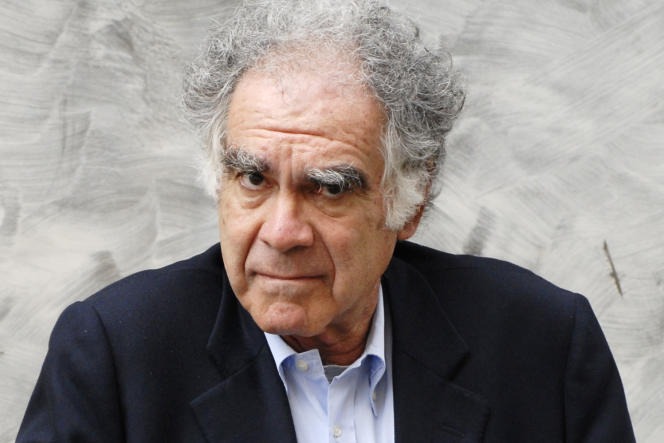The symposiums that have been held for seventy years at the Château de Cerisy-la-Salle (Manche) have established themselves as one of the main spaces of intellectual consecration in France. In the heart of the Normandy bocage, protected by its location away from the main roads, this Louis XIII manor listed as a historic monument, acquired in the middle of the 19e century by the ancestors of the energetic co-director of the International Cultural Center of Cerisy, Edith Heurgon, is a place of memory for thinkers and writers from France and around the world. The beauty of the setting, which draws its particular atmosphere from having been inhabited for a long time by the same family, the rites to which the guests are subjected (the bell which beats the reminder of the participants) favor a liberation and a softening of speech and academic manners.
This corner of the countryside steeped in history has just received, from September 9 to 15, one of the most important contemporary historians, the Italian Carlo Ginzburg, at the invitation of Anne Ber-Schiavetta, Etienne Anheim (Ecole des Hautes Etudes in social sciences) and Martin Rueff, of the University of Geneva (who is the translator). For seven days, morning, noon and evening, the protean work of a man associated with “microhistory” and who, from articles to books, always finds new layers of the past to explore (from witchcraft to Machiavelli by Piero Della Francesca, Hobbes, Proust or Flaubert…), without ever ceasing to reflect on the founding concepts of historiography, has been combed through by a constellation of seventy researchers. Among them, the Collège de France historians Patrick Boucheron and Sanjay Subrahmanyam, the other “microhistorian” Giovanni Levi, author of the classic Power in the village. Story of an exorcist in 17th century Piedmonte century (Gallimard, 1989), or Franco Moretti, the theorist of “fast” or “distant reading”.
Several generational layers of disciples
The meeting also allowed Carlo Ginzburg, who attended all the debates, reacting to each intervention, to find several generational layers of disciples. Thus, two of his students from the time of the years of lead, when terrorism was raging in Italy, today high school teachers, Giovana Ferrari and Giovanna Cappelletto, testified to the importance of a seminar where one came less to make a career than to understand a world which then seemed to them to be in full “apocalypse”. Others extend the paths blazed by the Carlo Ginzburg of Cheeses and Worms or Witches’ Sabbathendeavoring to reread the history of magic or witchcraft not only in the light of clerical oppression, but also as so many“clues” of the persistence, under the persecutions, of a Euro-Asian religion preserved by popular practices.
You have 40.07% of this article left to read. The following is for subscribers only.
We would like to thank the author of this write-up for this awesome content
In Cerisy, the countless facets of the work of Carlo Ginzburg, an essential historian
You can find our social media accounts as well as other pages related to it.https://nimblespirit.com/related-pages/

